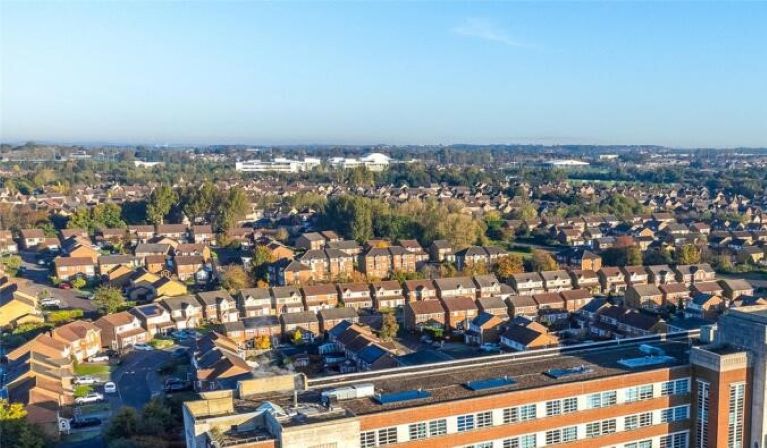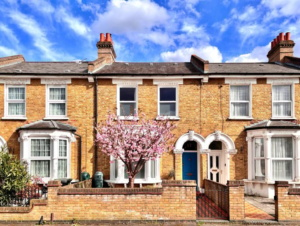What’s happening with stamp duty next week?
If you’re due to move soon or you’re looking to move in the near future, you’re probably aware of some of the costs that you might need to pay on top of the price of the home you’re buying. And one of these costs is stamp duty – a tax that’s paid to the government when you purchase a home, or land.
But the current stamp duty thresholds in England – which have been in place since September 2022 – are due to change next week, on 1 April 2025. Read on to find out everything you need to know, and whether the changes could affect you.
What’s happened this week?
Our recent analysis highlighted the number of people currently going through the moving process who’re set to just miss the stamp duty deadline and complete in April, rather than March. We called for a short extension to the deadline to help these home-movers avoid potentially thousands of pounds in extra moving costs. But there was no extension to the deadline announced in this week’s Spring Statement.
Our property expert, Colleen Babcock, says: “It’s extremely disappointing that the government have not used the Spring Statement as an opportunity to extend the impending stamp duty deadline for those currently going through the home-moving process. We estimate over 70,000 buyers are going to miss the deadline and complete in April instead, and a third of those are first-time buyers.”
What could the changes mean if you’re moving soon?
Until 31 March 2025, if you were moving and had bought a home in the past, no stamp duty would be payable on the portion of the property price up to £250,000. But from 1 April, this threshold is set to fall back to £125,000, which could mean home-movers are facing an extra £2,500 in moving costs, on average. Due to the higher average property prices in the region, the South East stands to have the highest number of movers affected by the missed deadline.
For first-time buyers, the current stamp duty threshold of £425,000 will fall back to £300,000 from the beginning of April. The average property price for a first-time buyer-type home is currently £227,965, so the £300,000 threshold that will come into force on the 1 April is still set considerably above this amount.
It’s worth noting that if you’re buying a home to rent out, or purchasing a second home, different stamp duty rates will apply, which you can read more about here.
You can read more about the stamp duty thresholds, including what you might pay if you’re buying a home in Scotland or Wales, in our stamp duty guide.
The header image for this article was provided courtesy of Bradley Hall, Gosforth




